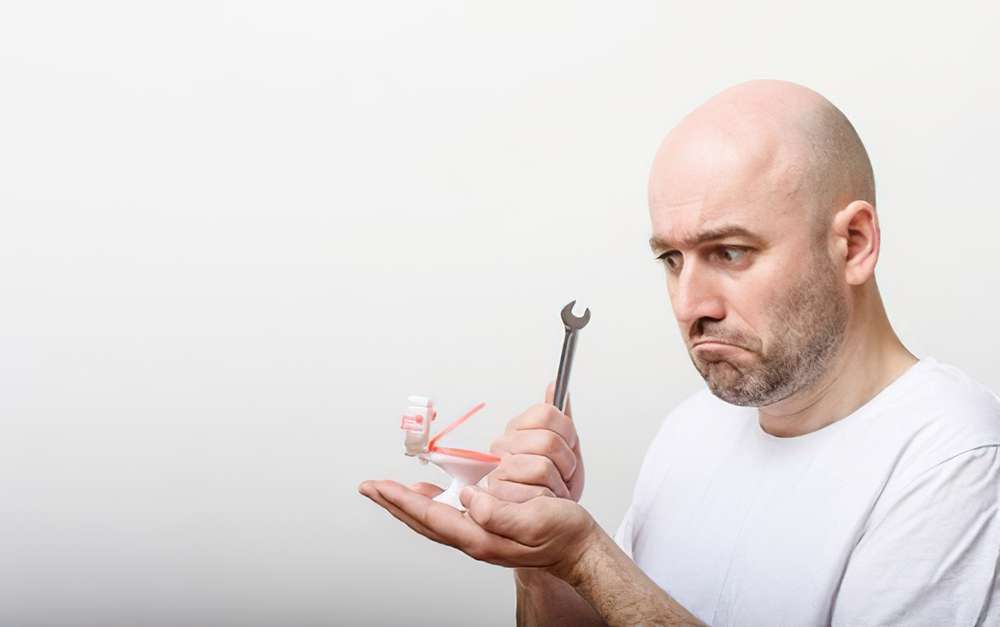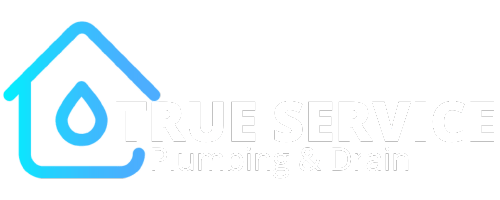When something goes wrong in plumbing, there are often signs that show. More often, these signs reflect the possible issues and where they occur.
This can be a daunting task. You don’t see most parts of a home plumbing system, as they are most likely in the walls or under the floors.
As most of your plumbing is non-visible, how does one troubleshoot plumbing problems?
The best way to diagnose most plumbing problems is to pay attention to the water.
Following the water will reveal the extent of the issue and will help with coming up with a solution.
Below, we explore how following the water can help troubleshoot common home plumbing troubles.
Water Colour
If discoloured water is coming out of your fixtures, it could be due to an issue with your plumbing. You may have rust or mineral build up inside the piping. Minerals can accumulate in the piping of older houses.
Often, these homes have either galvanised iron or steel pipes. Overtime, the protective zinc layer wears off, exposing the iron and steel base to water. This will result in the pipes rusting.
Rust residue will cause your water to have a yellowish-red or brown hue. It can also stain clothes and give your water a weird taste.
You will need to replace rusted piping with newer pipes made of a non-rusting material.
Water of other colours such as green may be due to either algae buildup or copper piping. Algae build up due to a blockage in a filter or a worn out copper supply tube will cause water to appear green.
Copper in large quantities is quite harmful. Overtime, it can lead to kidney or liver damage with consistent ingestion.
Overall, abnormal water colouration is a good indicator of a potential plumbing issue. In most cases, it will be pipe related. Other possible causes of water discolouration is with the water supply itself.
Strange Sounds
Odd sounds coming from your plumbing fixtures may indicate an underlying issue.
For instance, when turning on a faucet, a knocking sound may be a sign of high water pressure. High water pressure can cause pipes to move, resulting in damage to pipe joints and valves.
Dripping sounds may seem miniscule at first, but they can be due to a leak or worn out fixture. Small leaks might not seem like much, but in the long run, the water waste adds up.
Lastly, gurgling sounds from your drain fixtures are likely signs of a drainage issue. The sounds can be due to either a clog in the drain line or ventilation pipe. When a clog is forming, it starts to restrict water flow. This can cause some odd bubble sounds.
All plumbing fixtures require pipes for ventilation. If there is a blockage, the pressure in the piping changes. Gas and air cannot escape normally, so it will do so from the drain line. This will cause a bubble or gurgling noise from the drain.
Slow Drain
A slow drain is your visual cue for drainage issues. Strange sounds from your plumbing will often compliment a slow drain.
Often, you will see and hear both symptoms if there is a clog in your pipeline or blockage in the ventilation pipe.
Most times, a slow drain is the result of a simple clog. You can fix this by using either a drain snake or vinegar and baking soda to flush the drain.
If the clog remains, it could mean that the problem is much deeper within your plumbing system.
At this point, a slow drain may indicate a damaged pipeline. It may also mean that water has begun stagnating in your plumbing system. This would likely be the case if there is a clog in your main drain.
Water Pressure
If you turn on your sink faucet or shower and the water flow isn’t as strong, low water pressure may be the reason for it.
Low water pressure can occur due to a variety of many causes. A clog or crack in the water line supplying the fixture may be the culprit.
Another possible cause for this can be with the fixture itself. For instance, mineral buildup in both a faucet or shower head may restrict water flow.
If low water pressure is more widespread, the cause may be at a central point in your plumbing system.
For instance, you may have a faulty or worn pressure reduction valve. This piece regulates water pressure as it comes from the municipal supplier. You would find this piece at the point where water is being supplied to your home.
Another central point of failure would be at your main water shutoff. If the valve itself is not fully open, water pressure throughout your home would be lower than normal.
High Water Bill
The time tested adage of “Follow the money” has never been more true when diagnosing plumbing issues.
If you are using the same amount of water, yet your water bill keeps skyrocketing, this could be due to a leak.
You may have a faulty or worn plumbing fixture. Or one of the supply pipes may have a crack. Either way, there is a leak in your plumbing system.
This will cause water usage to be greater whenever you use fixtures. Water will also seep out at a constant rate.
Depending on the pre-existing damage of your plumbing system, collateral damage to your home may occur overtime.
This can be especially costly to your home, if say a pipe leak damages walls and flooring, wherever it runs. In the end, you may end up paying more to repair both your plumbing and home.
Home & Emergency Plumbing Services With True Service Plumbing
If you’re currently experiencing a plumbing issue or require expert advice, call our professionals at True Service Plumbing.
We are available 24/7 to take your call and respond to emergencies as quickly as possible.
Our licensed plumbers will assess your home’s plumbing system and determine the root cause of your issue, and perform the services necessary to get your plumbing up and running again.
From burst and frozen pipes, basement flooding, to drain repair and more – True Service Plumbing has your back when it comes to all things plumbing.


